Demolition Services for Site Preparation

Demolition is often scheduled during periods of low construction activity to minimize disruptions.

Optimal weather, typically dry and mild, is crucial for safe and efficient demolition projects.
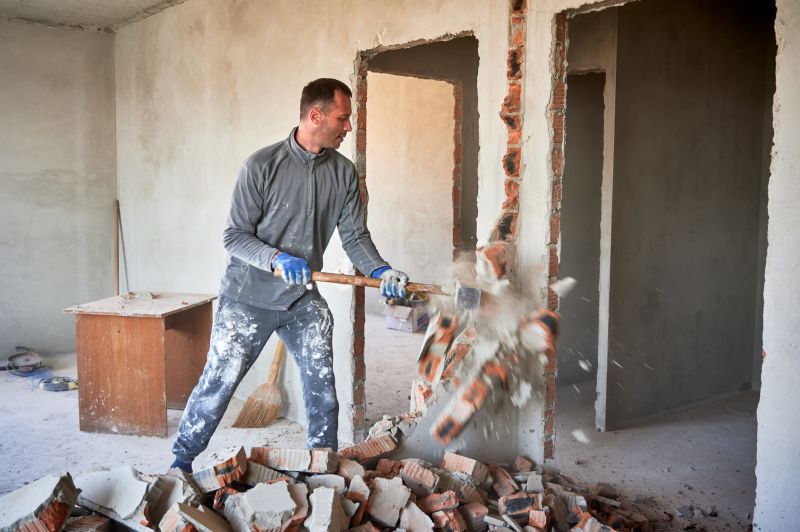
Coordinating demolition with other construction phases ensures smooth project progression.

Ways to make Demolition Service work in tight or awkward layouts.

Popular materials for Demolition Service and why they hold up over time.

Simple add-ons that improve Demolition Service without blowing the budget.
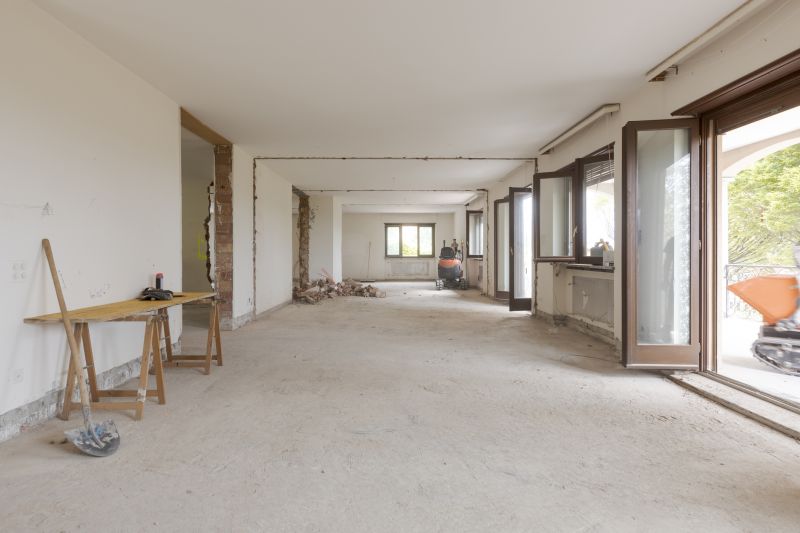
High-end options that actually feel worth it for Demolition Service.
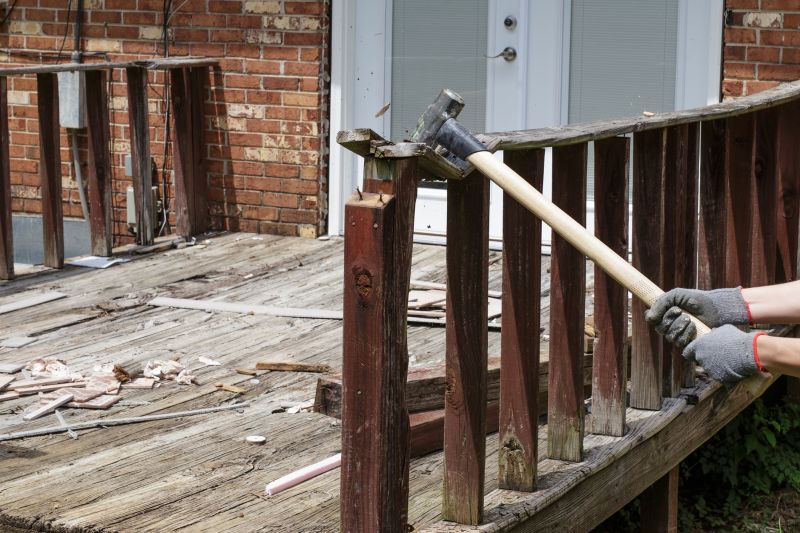
Finishes and colors that play nicely with Demolition Service.
Demolition services are essential in preparing sites for new construction or renovation projects. Proper timing ensures safety, efficiency, and cost-effectiveness. Typically, demolition is best scheduled during periods with favorable weather conditions and when construction activity is low, reducing potential conflicts and delays.
Statistics indicate that scheduling demolition during dry months can reduce project delays by up to 30%. Additionally, planning demolition during off-peak construction seasons can lead to cost savings and streamlined workflows. Understanding local climate patterns and project timelines is vital for determining the ideal time for demolition work.
Spring and fall often provide optimal weather for demolition activities.
Avoiding periods of heavy rain or snow helps prevent site complications.
Scheduling demolition before foundation work accelerates project timelines.
Timing may be influenced by local permitting and noise ordinances.

Heavy machinery performing site clearance.
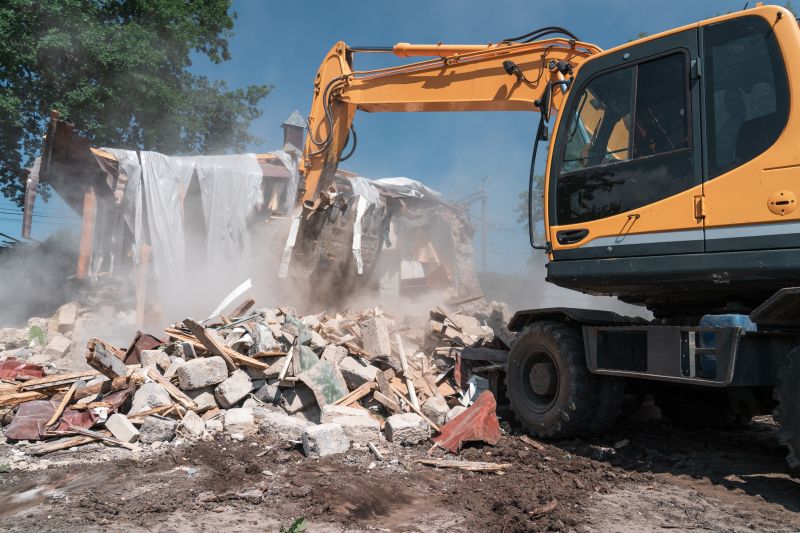
Site setup with safety barriers and equipment.
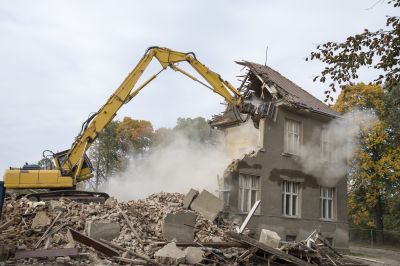
Explosive demolition techniques being used.
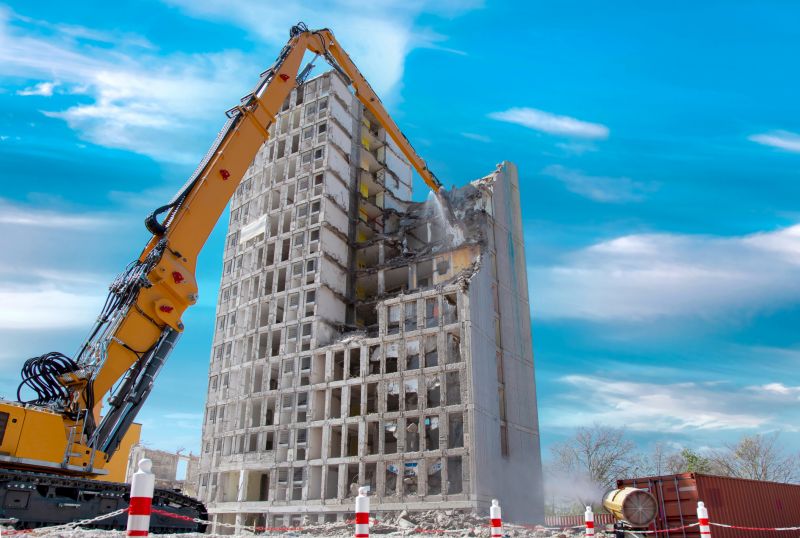
Cleared and ready for new construction.

Little measurements that prevent headaches on Demolition Service day.

A 60-second routine that keeps Demolition Service looking new.
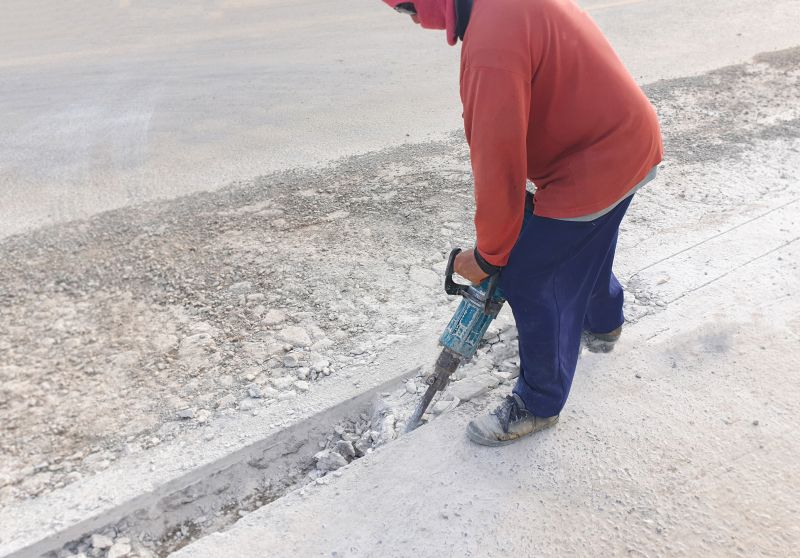
A frequent mistake in Demolition Service and how to dodge it.

Small tweaks to make Demolition Service safer and easier to use.
| Factor | Impact on Demolition Timing |
|---|---|
| Weather | Ideal conditions prevent delays and safety issues. |
| Construction Schedule | Aligning with other phases reduces downtime. |
| Permitting | Permits may specify allowable demolition periods. |
| Seasonality | Certain months offer better conditions for safety and efficiency. |
| Site Conditions | Site readiness influences scheduling flexibility. |
| Local Regulations | Compliance may dictate specific timing constraints. |

Excavators and wrecking balls in operation.

Safety measures and planning before demolition.

Controlled explosions for large structures.

Debris removal and site clearing.

Lower-waste or water-saving choices for Demolition Service.

The short, realistic tool list for quality Demolition Service.

Rough timing from prep to clean-up for Demolition Service.

Quick checks and paperwork to keep after Demolition Service.
Demolition is a critical initial step in many construction projects, involving the systematic dismantling of existing structures. Advances in technology and safety protocols have increased efficiency and reduced risks. An understanding of optimal timing enhances project planning and execution, leading to smoother transitions to subsequent construction phases.

Efficient machinery for various demolition needs.

Protective gear and protocols in place.

Before and after site images.

Examples that show the impact a good Demolition Service can make.

Ways to make Demolition Service work in tight or awkward layouts.

Ways to make Demolition Service work in tight or awkward layouts.

Ways to make Demolition Service work in tight or awkward layouts.

Ways to make Demolition Service work in tight or awkward layouts.
Fill out the contact form to receive more information and discuss project timelines.

